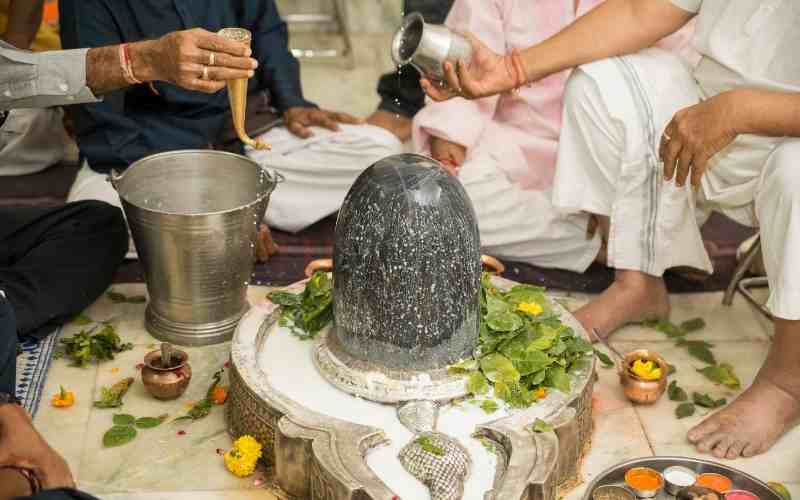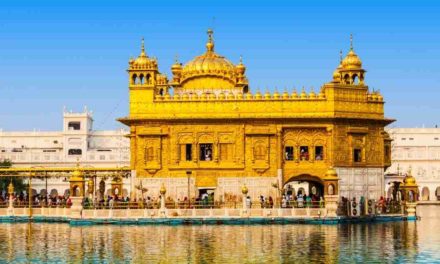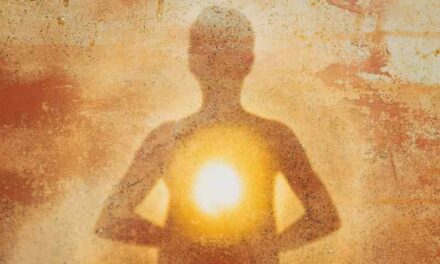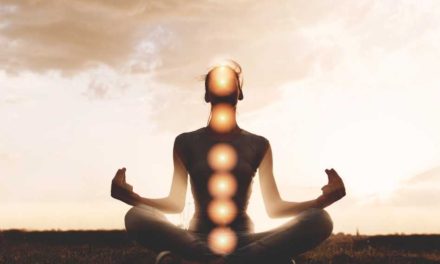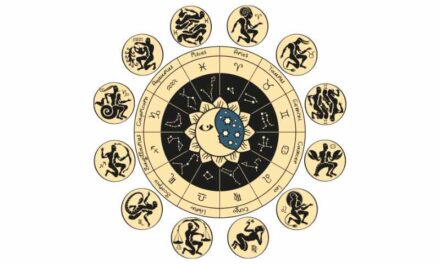Pathatmak is an abbreviation for Recitative, whereas Laghu is an abbreviation for indeclinable, and Rudra is an abbreviation for Lord Shiva, who is considered to be the father of Marut in the Rig Veda.
The Supreme Being, who is the remover of all evil, is the source of all worldly goals as well as the source of fulfillment for your inner being. It is at this puja that Lord Shiva, in his Rudra aspect, is worshipped. By performing this puja, one may bring Lord Shiva’s myriad facets and characteristics to their home.
As indicated in the Vedic literature, conducting Pathmatak Laghu Rudra Puja has immense importance since it is considered to be one of the most powerful Pujas in the world. This is often done to keep off bad spirits, and it may also assist you in bringing success into your life. This puja is also conducted to remove a variety of planetary faults, known as doshas, from the body.
The benefits
- Reduces the negative influence of all planetary doshas on the individual.
- Acquire health, money, and prosperity in your life.
- It provides protection against incurable illnesses.
- Improves your overall well-being and helps you achieve peace of mind.
- Remove the sin from a previous life and bring pleasure and prosperity into this one.
- It assists in obtaining favorable outcomes in court proceedings.
- Removes bad energies from your environment and bestows you with fame, fortune, and success.
- Aids in the attainment of the four Purusharthas—Dharma, Artha, Kama, and Moksha—through meditation.
- Spiritual upliftment is achieved.
Activities to do in During the Pathmatak Laghu Rudra Puja
- Pathatmak Laghu Rudra Puja is conducted for Ganesh, Shiva, and Navagraha, and it is combined with Panchopachat Puja procedures.
- Along with the 121 Rudra Suktam mantras, the Shukla Yajurveda Ashtadhyayi Rudri is sung as well as other Shukla Yajurveda texts.
- Lord Shiva and all other deities are honored during the milk bath ritual, which is conducted in connection with 11 Aavaratna of Ashtadhyayi Rudri, a holy chant devoted to Lord Shiva and all other deities.
- The recitation of the 11 Shukla Yajurvediya Rudri and the 121 Aavaratna of Rudram are the most important rituals for performing Pathmatak Laghu Rudra Puja. As a result, priests who are well-versed in Vedic literature must perform the ritual.
- This is the most genuine method of doing puja since it incorporates Vedic ceremonies and chanting.
- To conduct Abhishek on each of the 11 Rudras, all 11 dravyas provided in the Shiv Purana are employed, one for each of the 11 Rudras.
- They are also adored for the 11 consorts that they have.
- At least 11 priests are required, and the Rudram is recited 11 times in total, one for each of the 11 Rudras, to complete the ritual.
- Prior to doing Sankalp, the devotee’s body is cleansed by the practice of Panchagavya pradhan vidhi.
- In these rites, Lord Ganesh is worshipped first in order to guarantee that the puja is performed without any difficulties.
- Puja should begin with the use of sacred items and the lighting of a sacred fire, as prescribed by tradition.
- Mantras and other Vedic ceremonies should be used to bring the puja to a close.
In reality, to worship Lord Shiva on a daily basis, you do not need to visit a temple; all you need is a Shiva linga and the Shiva family to do your daily rituals. In addition to Goddess Parvati, Shiva’s wife, Lord Kartikeyan – Shiva’s eldest son, Lord Ganesha – Shiva’s second son, and Nandi – Shiva’s companion and ride, the Lord Shiva family includes Lord Ganesha. Keep the sculptures facing east or north, and avoid placing them face south totally.

